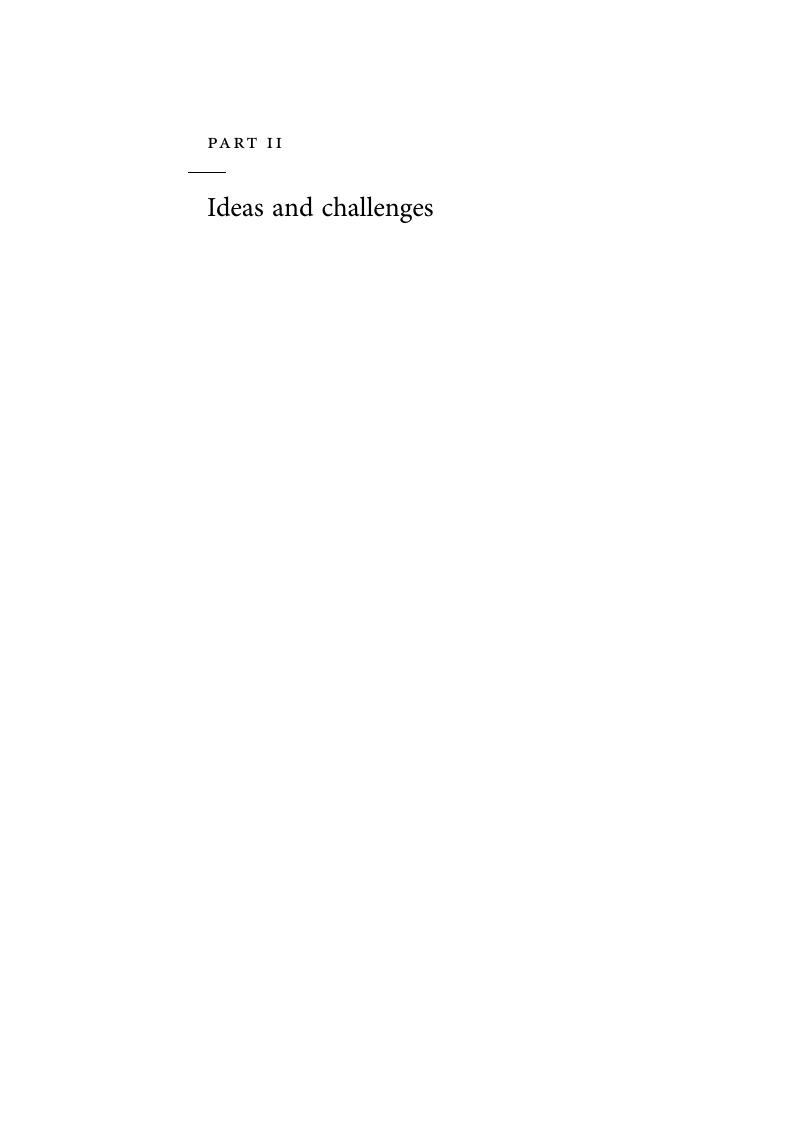Part II - Ideas and challenges
Published online by Cambridge University Press: 05 April 2016
Summary

- Type
- Chapter
- Information
- Expanding the Horizon of Electroacoustic Music Analysis , pp. 29 - 120Publisher: Cambridge University PressPrint publication year: 2016



